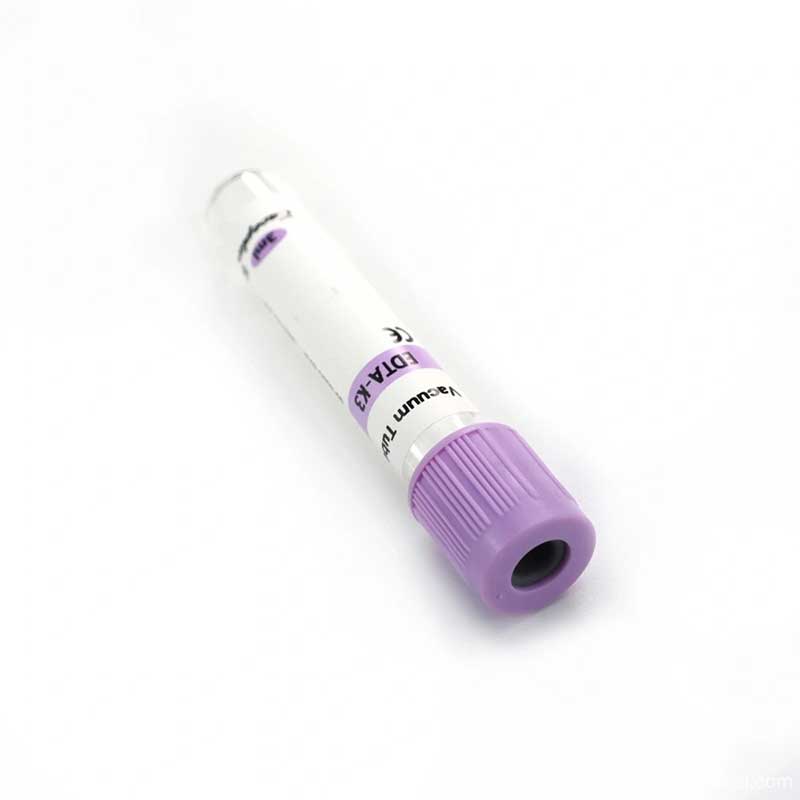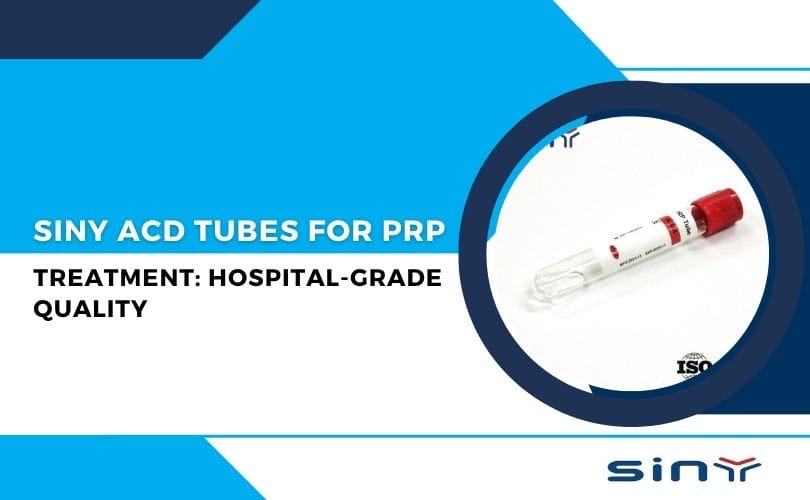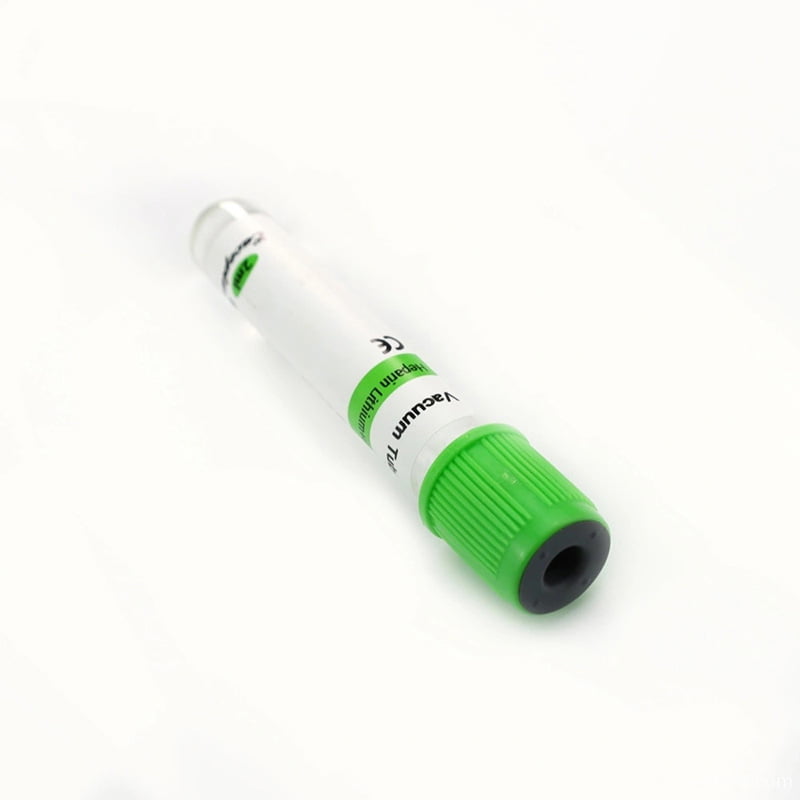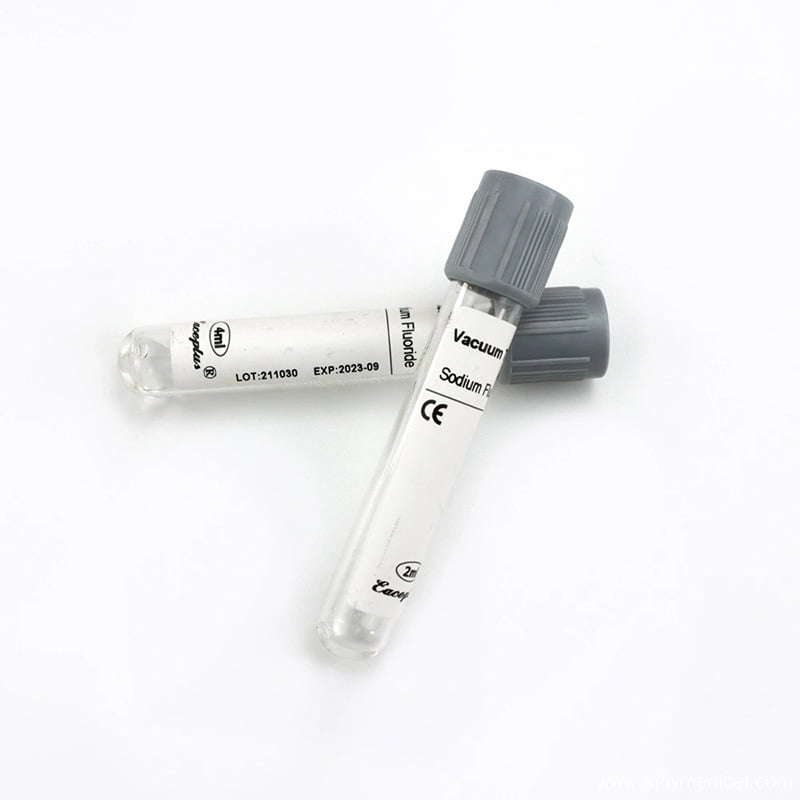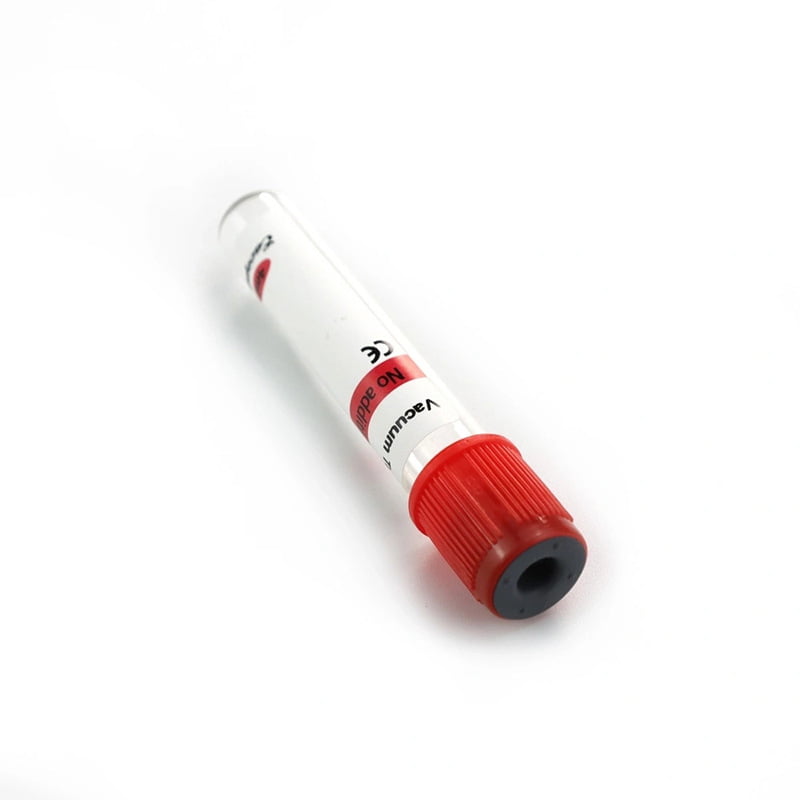Blood tests are essential to modern healthcare, providing crucial information about a patient’s health and diagnosing various medical conditions. The process of drawing blood has come a long way since its inception. One of the key advancements in this field is the blood collection tube holder.
With the use of suitable needles and vacuum blood collection tubes, the blood collection needle holder effectively finalizes the blood collection assembly. After use, throw away the needle tube holder with the attached needle. This eliminates the dangers associated with needle tube holders. The blood collection container is compatible with all standard blood collection needles and tubes.
Table of Contents
What is a Blood Collection Tube Holder
A Blood Collection Tube Holder is a medical device used to draw blood from a patient. It typically consists of a cylindrical body with a spring-loaded mechanism that firmly grips the top of the blood collection tube.

The holder helps to stabilize the tube and blood collections needle during the blood collection procedure, ensuring a successful and efficient process.
Evolution of Blood Collection Tubes
Blood collection was a cumbersome process involving glass tubes, needles, and manual handling and visual window venous blood sample collection needle. There have been significant developments in blood collection tubes and associated technologies, leading to the introduction of the blood collection tube holder.
The Role of Blood Collection Tube Holder
The blood collection tube holder, known as a blood tube holder or blood draw holder, holds and secures blood collection tubes during venipuncture. It is a basic yet brilliant instrument that simplifies blood collection and improves the entire patient and healthcare professional experience.
Advantages of Blood Collection Tube Holders
Blood collection tube holders offer several advantages that contribute to their widespread adoption in healthcare settings:
- Improved Patient Comfort: Traditional blood draws without a tube holder can be uncomfortable for patients, leading to increased anxiety and potential movement during the procedure. Patients experience significantly less discomfort when a blood collection tube holder securely holds the tubes in place, minimizing the chance of accidental movements or spills.
- Time-Saving: Blood collection tube holders save valuable time for healthcare professionals. The secure attachment of the tubes allows for efficient and swift blood collection, reducing the time required for the entire procedure. This is particularly important, especially in busy healthcare environments where quick and accurate tests are essential.
- Minimization of Contamination: Blood collection tube holders prevent contamination of blood samples during the collection process. The secure attachment of the tubes ensures no spills or leaks, preserving the sample’s integrity and reducing the likelihood of inaccurate test results.
- Single-Handed Operation: This feature is especially useful for healthcare professionals who need to hold the needle with one hand while managing the collection tubes with the other, improving overall efficiency and ease of use
- Reduced Risk of Needlestick Injuries: The risk of needlestick injuries is a concern in healthcare settings. Blood collection tube holders provide a stable and safe grip on the needle, minimizing the chances of accidental punctures and needlestick incidents.
- Enhanced Specimen Labeling: Some blood collection tube holders have labelling options, allowing healthcare professionals to label the tubes directly at the collection point. This reduces the chances of mislabeling or mix-ups, which can have serious consequences for interpreting test results.
- Compatibility with Various Tube Types: Blood collection tube holders need designs to accommodate different tube sizes and types, making them unsuitable for various blood tests and medical procedures.
- Training and Skill Standardization: Using blood collection tube holders facilitates standardized training for venipuncture procedures. Healthcare professionals cannot receive standardized training, leading to challenges in improving blood collection consistency and accuracy across different practitioners.
- Improved Blood Flow Control: Blood collection tube holders enable better control of blood flow during the procedure. Healthcare professionals can adjust the pressure on the tube to regulate the flow rate, ensuring a steady and controlled blood collection process.
- Cost-Efficiency: Blood collection tube holders are cost-effective investments for healthcare facilities. They minimize the chances of broken or contaminated tubes during collection, reducing waste.

Innovations in Blood Collection Tube Holders
Medical technology has continuously increased, and blood collection tube holders have been included. Innovations in this area have resulted in even more efficient and user-friendly devices. Here are some of the notable innovations in blood collection tube holders:
- Smart Tube Holders: Some Differently blood collection tube holders now come equipped with smart technology, incorporating sensors and digital interfaces. These smart holders can provide real-time feedback on blood flow, ensuring accurate collection and minimizing the need for repeat procedures.
- Wireless Connectivity: With the integration of wireless communication capabilities, blood collection tube holders can now connect directly to laboratory equipment and electronic health record systems. This seamless integration improves data accuracy and eliminates the need for manual data entry, saving time and reducing the risk of errors.
- Ergonomic Designs: Manufacturers have recognized the importance of ergonomics in healthcare devices. Modern blood collection tube holders are designed with ergonomic grips, ensuring comfortable and secure handling during the blood draw. This ergonomic focus benefits patients and healthcare professionals, reducing strain and discomfort during the procedure.
- Colour-Coded Holders: Some blood collection tube holders come with colour-coded attachments to simplify the identification of different tube types. This feature helps healthcare professionals quickly distinguish between various tubes, reducing the chances of mix-ups and improving workflow efficiency.
- Single-Use Disposable Holders: Disposable blood collection tube holders have gained popularity due to their hygienic advantages. These single-use holders eliminate the risk of cross-contamination between patients and are convenient for use in settings with a high patient turnover rate.
- Safety Mechanisms: Several blood collection tube holders now include safety mechanisms that protect the needle afterwards. These mechanisms reduce the risk of needlestick injuries and enhance overall safety for healthcare professionals.
- Adaptive Holders: Adaptive blood collection tube holders are designed to accommodate many tube sizes. This versatility allows healthcare professionals to use a single holder for various tube types, simplifying the collection process and reducing the need for multiple devices.
- Noise Reduction: Noise reduction features have been introduced in some blood collection tube holders, making the blood draw process less intimidating for patients, especially children and those with needle phobia.
- Data Recording: Advanced blood collection tube holders can record essential data, such as the date and time of the collection, the identity of the healthcare professional, and patient-specific information. This data recording ensures accurate documentation and traceability of the blood samples.
- Eco-Friendly Materials: In response to environmental concerns, some manufacturers have started producing blood collection tube holders using eco-friendly and recyclable materials, reducing their environmental impact.
With these ongoing innovations, blood collection tube holders continue enhancing the blood testing experience for patients and healthcare professionals.
The Future of Blood Tests with Blood Collection Tube Holders
As medical technology progresses, the future of blood tests holds exciting possibilities, with blood collection tube holders playing a pivotal role in this transformation. Here are some potential developments that could shape the future of blood tests:
- Microfluidic Technology: Microfluidic technology is a rapidly advancing field involving small amounts of fluids, including blood, on a microscale. In the future, blood collection tube holders may incorporate microfluidic chips that enable the precise and efficient analysis of blood samples, leading to faster and more accurate test results.
- Integrated Diagnostic Capabilities: Blood collection tube holders might be equipped with integrated diagnostic capabilities, allowing for real-time analysis of blood samples at the point of collection. This integration could enable immediate feedback to healthcare professionals and patients, expediting the diagnostic process and facilitating faster treatment decisions.
- Remote Monitoring: With the rise of telemedicine and remote healthcare, blood collection tube holders could be designed to collect and store blood samples remotely. Patients could perform blood draws at home, and the samples could be securely transported to laboratories for analysis, promoting convenience and accessibility for individuals in remote or underserved areas.
- Non-Invasive Blood Testing: Advancements in non-invasive testing methods could revolutionize blood tests in the future. Blood collection tube holders might be engineered to extract small blood samples through minimally invasive means, such as transdermal or saliva-based sampling, reducing patient discomfort and improving compliance.
- Artificial Intelligence (AI) Integration: AI algorithms could be integrated into blood collection tube holders to assist in detecting abnormalities or specific medical conditions based on blood sample analysis. AI-powered diagnostics could augment the capabilities of healthcare professionals, leading to more accurate and personalized treatment plans.
- Biodegradable Materials: In response to sustainability concerns, future blood collection tube holders might be made from biodegradable materials, reducing their environmental impact and contributing to greener healthcare practices.
- Continuous Monitoring: Blood collection tube holders could be designed to continuously monitor certain biomarkers, vacutainer providing a dynamic and real-time view of a patient’s health status. This continuous monitoring could be particularly beneficial for patients with chronic conditions or during critical care situations.
- Nanotechnology: Nanotechnology holds promise in healthcare, and future blood collection tube holders could utilize nanosensors to detect and analyze even more specific biomarkers at the molecular level, leading to highly precise and targeted diagnostics.
- Personalized Medicine: As advancements in genetic testing continue, blood collection tube holders could be modified to collect blood and other bodily fluids like saliva or urine, enabling comprehensive genetic profiling for personalized medicine and preventive healthcare.
- Telepathology: With the integration of telepathology, blood samples collected using specialized tube holders could be analyzed remotely by expert pathologists, facilitating rapid and accurate diagnoses even in remote locations.
Conclusion
The blood collection tube holder has significantly transformed the landscape of blood tests and venipuncture procedures in modern healthcare. With its simple yet effective design, it has improved patient comfort, enhanced safety for healthcare professionals, and streamlined the blood collection process.
The evolution of blood collection tube holders from manual handling to smart and innovative designs demonstrates the commitment of the medical technology industry to continually improve patient care. These advancements have led to increased efficiency, reduced errors, and better overall patient experiences during blood tests.

